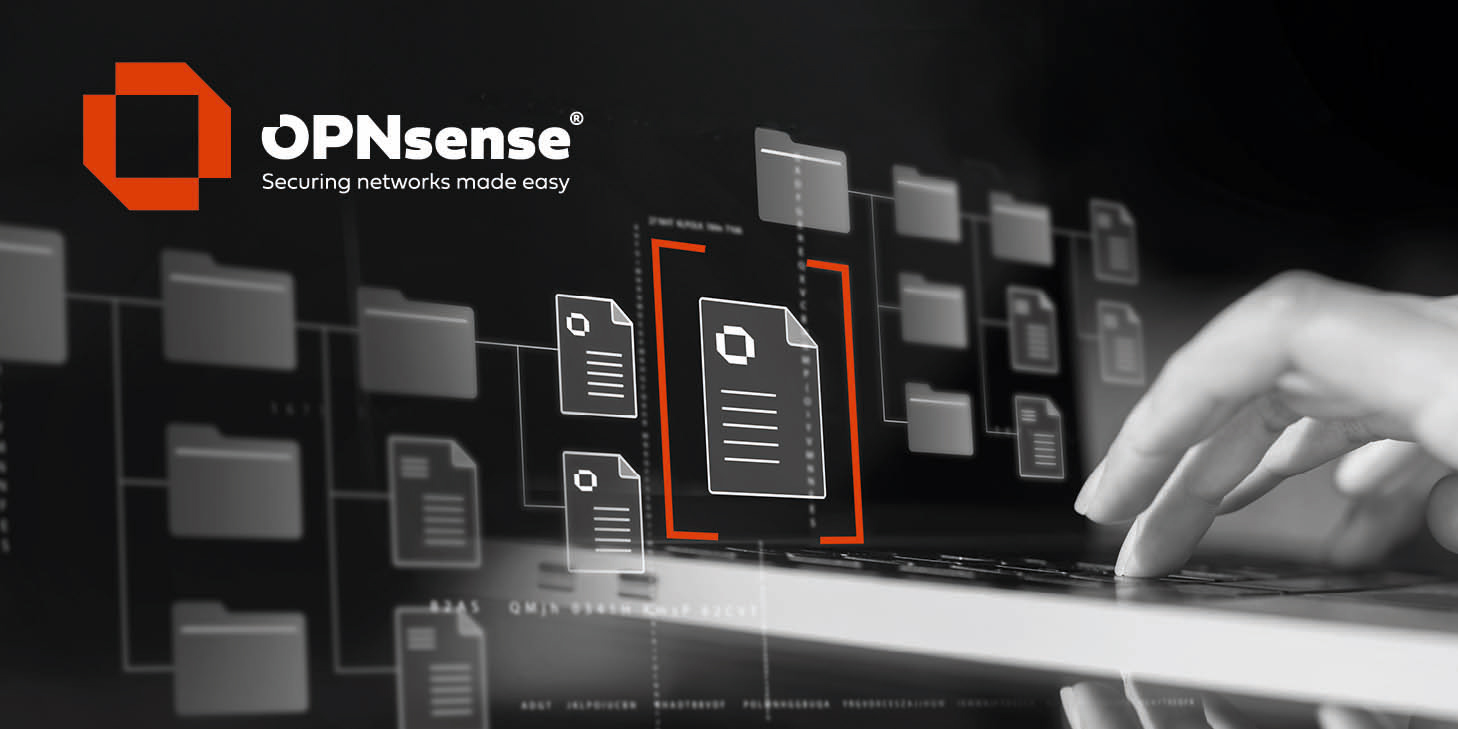Quote from: stuza on October 13, 2025, 08:59:35 AMHi All,
I'm trying to connect my dual-nic OpenSense x64 Windows 11 box running 25.7 to my ISP using PPPoE. I know the user ID, password, and VLAN are correct as they work on my Asus BT10 but, I keep failing to connect directly with OpnSense despite being told it's easy. I've tried MAC cloning and without, although that's not required on my BT10 router.
I've tried the official directions but these get vague around the end and I can't get them to work. I've also tried this and filed https://forum.opnsense.org/index.php?topic=21207.0.
I've followed the instructions sent to me in DM on Reddit and still failed.
Any ideas, please?
You were close.
You create a vlan device and assign it to the network interface (you did that), you then create a PPPoE device and you assign it to the vlan device (you also did that), you then assign the WAN interface to the PPPoE device (not the network interface, I believe this is were you made a mistake according to your screenshots).
The WAN interface should be assigned to the PPPoE device, not the network interface or vlan, the PPPoE device will do this by itself.
Let me know if that works or not. I also use PPPoE over a vlan. Actually, I use a redundant (CARP) opnsense setup and the primary does not need to tag the vlan since the switch does the tagging but the backup needs to tag the vlan by itself since it's connected to a trunk port so I'm setup for both cases and it works well.

 "
"
